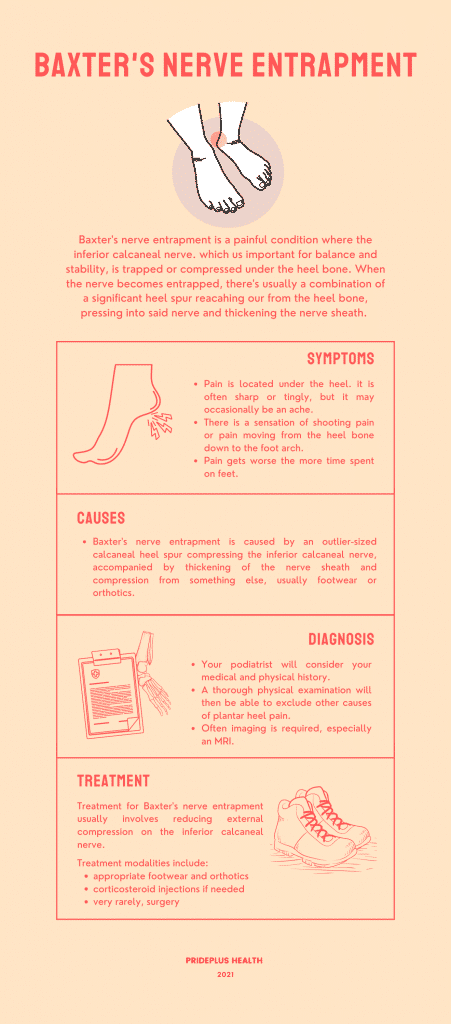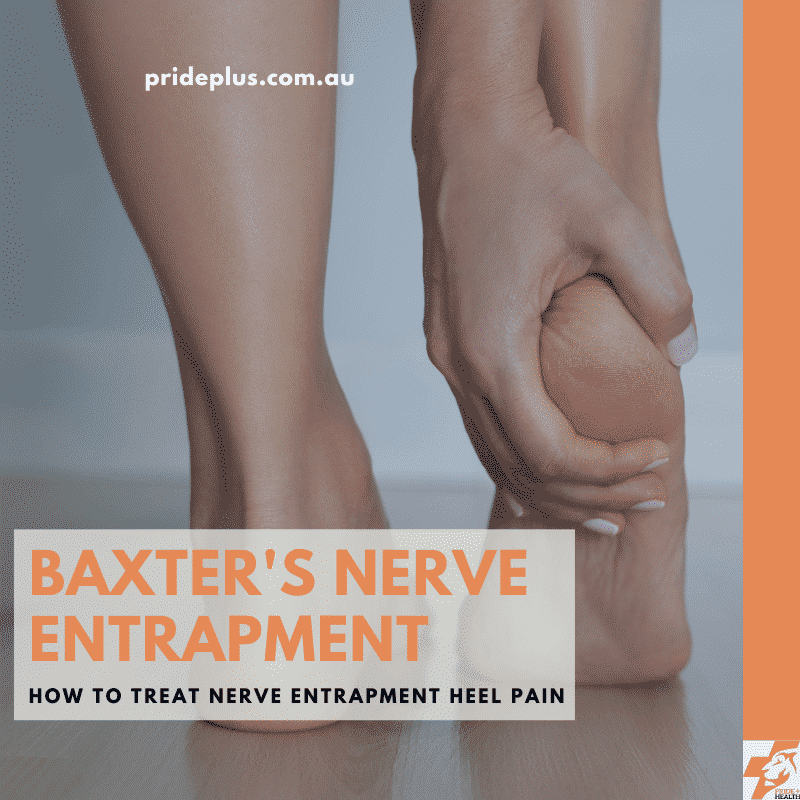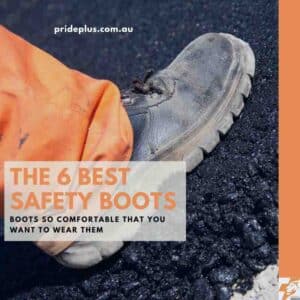Baxter’s nerve entrapment is the middle child of plantar heel pain. So often overlooked and missed as a diagnosis because everyone’s paying attention to the other siblings plantar fasciitis and achilles tendonitis.
For many people with heel pain they only hear about a diagnosis of Baxter’s nerve entrapment after spending months and months treating their plantar fasciitis with no improvement. It’s at this stage a second opinion or further imaging is sought and the correct diagnosis found.
Interestingly for us podiatrists there is research that shows Baxter’s nerve entrapment could be prevalent in as much as 88% of people with heel pain. These results were found in an older study in 2002 and have not consistently been shown in other cases. If we just take these on their merits there’s a good chance than many people out there suffering with plantar heel pain have an element of nerve entrapment as well.
What is Baxter’s Nerve Entrapment
Baxter’s nerve entrapment is a painful condition where the inferior calcaneal nerve is “trapped” or compressed under the heel bone. If we’re getting all anatomical and sciencey, the inferior calcaneal or lateral plantar nerve bends down from the inside of the heel bone, wraps under the heel and extends out under the foot.
The nerve’s role is to send signals down to the bottom of the foot to contract muscles for balance and stability as well as sending important signals back up to our brains. These signals include what is happening with our feet, whether we are on stable or uneven ground, and for those with kids in the house, where the last piece of lego is which is now embedded in the sole of your foot. Ouch.
When the nerve becomes entrapped, there’s usually a combination of a significant heel spur reaching out from the heel bone pressing onto said nerve and thickening of the nerve sheath.
Symptoms of Baxter’s Nerve Entrapment
What makes Baxter’s nerve entrapment so tricky is that the symptoms are eerily similar to other forms of heel pain. With a nerve entrapment you’ll usually feel pain under the heel. It’s often reported as sharp or tingly but occasionally as a ache as well. Classically there will be a shooting or sensation of pain moving from the heel bone down into the foot and arch as well.
For many sufferers with Baxter’s nerve entrapment their symptoms will get worse as they spend more time on their feet. Trickily, if the diagnosis is missed and an orthotic has been prescribed for plantar fasciitis then this can make things worse. Orthotics for plantar fasciitis are designed to reduce the tensile and compressive loads on the plantar fascia and some design parameters to do this can increase the pressure on the inferior calcaneal nerve as well.
Causes of Baxter’s Nerve Entrapment
Baxter’s nerve entrapment is usually caused by a calcaneal heel spur compressing the inferior calcaneal nerve. A heel spur itself is a very normal thing for us all to have, with the prevalence being almost in line with our age. For example, close to 40% of people in our 40’s have heel spurs, 50% of people in our 50’s etc.
But pain from a Baxter’s nerve entrapment is nowhere near this common.
To develop the painful condition of Baxter’s nerve entrapment there needs to be enough of a heel spur to grow (a real outlier sized spur) as well as thickening of the nerve sheath and compression from something else.
Often this extra compression comes from the footwear or orthotics we wear if they press up under the foot into the arch. If this pressure is slightly in the wrong spot then the nerve can become irritated and pain ensues.
How Baxter’s Nerve Entrapment is Diagnosed
A diagnosis of Baxter’s nerve entrapment is made in clinic by your podiatrist with a combination of tests. They will consider your history both medical, physical and activities. A thorough physical examination will then be able to exclude other causes of plantar heel pain.
Often imaging is required to gain further insight into what is happening anatomically under the heel. The only true option to gain a good understanding here is magnetic resonance imaging or MRI for short. With an MRI you and your podiatrist will be able to identify if there is thickening of the nerve sheath, inflammation nearby and if there are other tissues there (like a heel spur) putting pressure on the nerve.
Simple X-ray and ultrasound imaging can show some things like heel spurs or thickened plantar fascia but are not sensitive enough to determine what is happening locally to the nerve itself.
Baxter’s Nerve Entrapment Treatment
Treatment for Baxter’s nerve entrapment can usually be successfully achieved with active measures. Reducing external compression on the inferior calcaneal nerve with appropriate footwear and orthotics can lead to immediate symptom reductions.
For some people with long standing and highly irritated and thickened nerve a corticosteroid injection will be administered to settle pain. Whilst this treatment is often great for immediate pain relief it needs to be carefully considered in light of the side effects. Cortisone injections around the heel have a very real risk of weakening both bone and fascia.
In very rare circumstances surgery is an option for Baxter’s nerve entrapment. Surgical interventions used to decompress the area include removing bone spurs under the heel and cleaning away tissue around the nerve. These are commonly called a surgical release of the nerve. A complete neurectomy or removal of the nerve is almost never considered anymore.
Frequently Asked Questions
How do I know whether heel pain my symptoms are due to nerve entrapment?
You can start by taking our free online heel pain test that gives you a guide however seeing an experienced podiatrist for a diagnosis is your best option. As with many forms of chronic heel pain a Baxter’s nerve entrapment is often misdiagnosed as plantar fasciitis. If your pain is not improving with appropriate treatment, you have shooting type pain into your arch and physical therapy is not changing things then there’s a good chance it’s a nerve entrapment related injury.
Is it possible that I could get another type of heel pain instead of Baxter’s nerve entrapped?
Not only is it possible, it’s probably that your heel pain is not a nerve entrapment. Whilst lateral plantar nerve compression is painful it’s not as common complaint as plantar fasciitis. Getting personalised expert diagnosis and guidance with your treatment is the best course of action.
Baxter’s Nerve Entrapment Infographic





